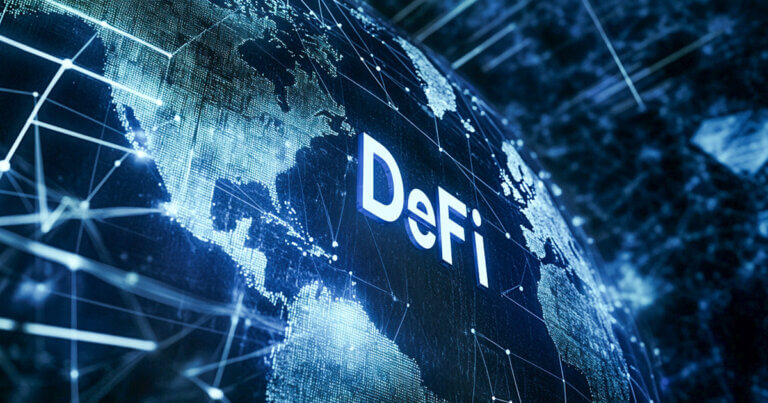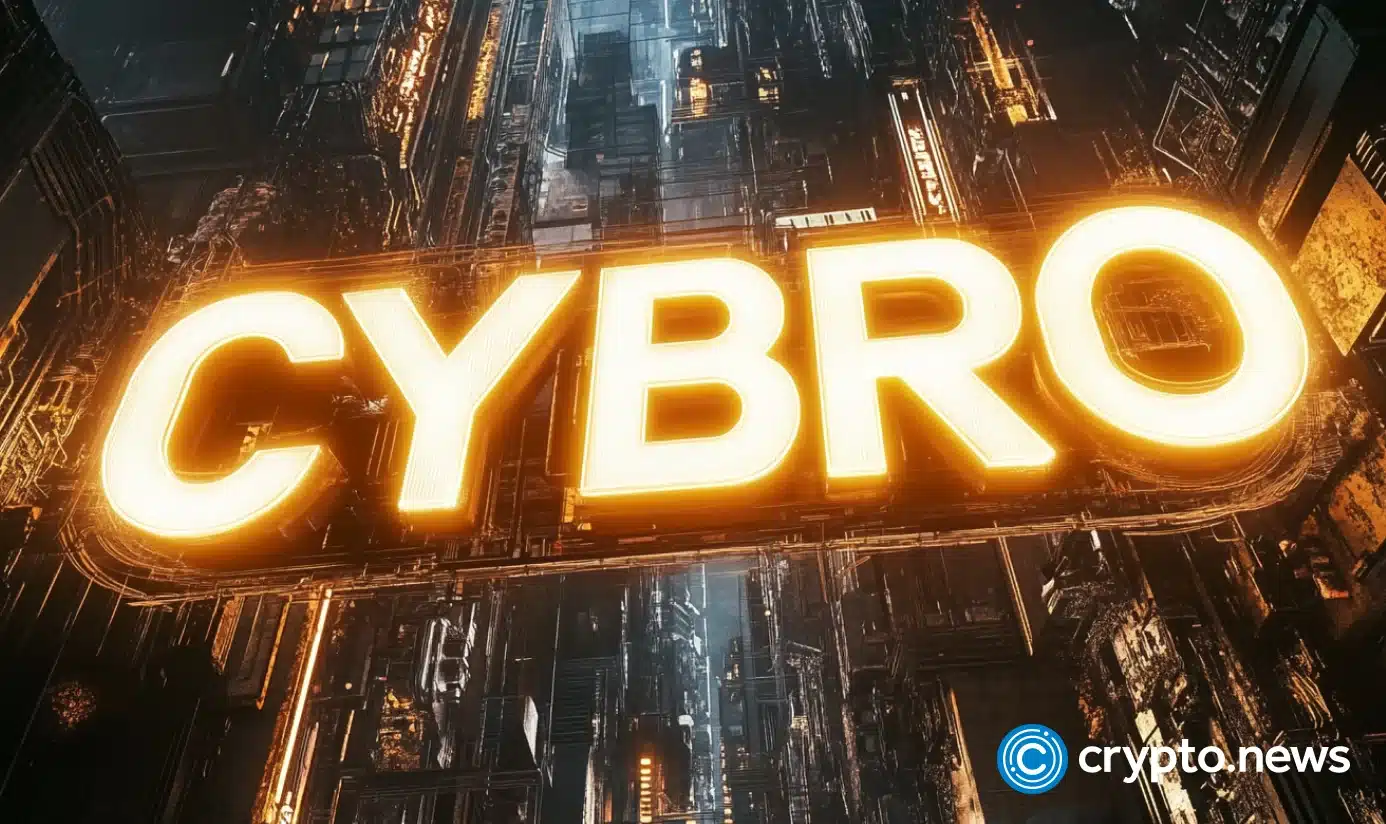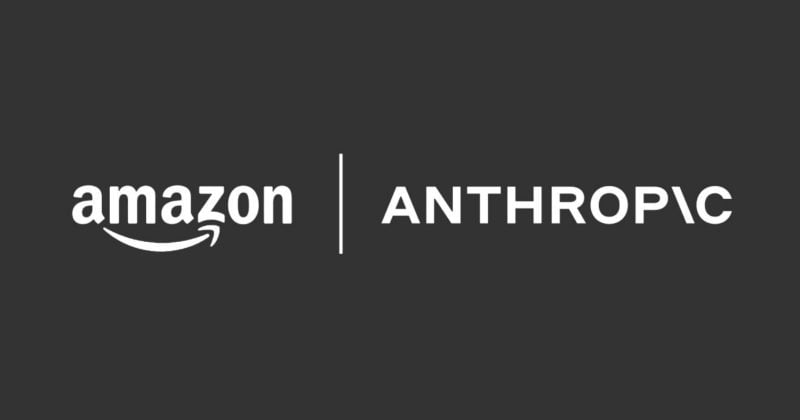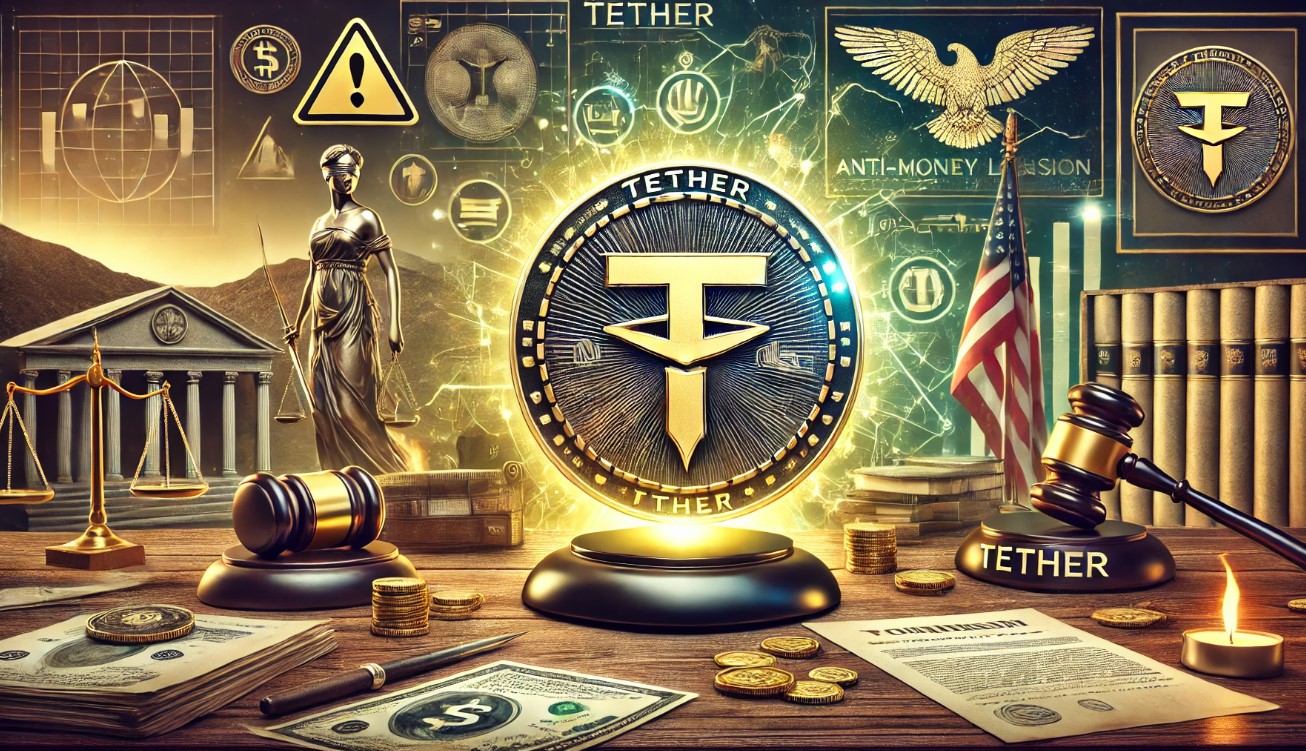 Is DeFi ready for mass adoption, or will regulation slow it down? Brendan Cochrane · 40 mins ago · 5 min read
Is DeFi ready for mass adoption, or will regulation slow it down? Brendan Cochrane · 40 mins ago · 5 min read
As decentralized finance surges past $100 billion in total value locked, it's clear this revolutionary technology is no longer an experiment.

Cover art/illustration via CryptoSlate. Image includes combined content which may include AI-generated content.
The following is a guest post by Brendan Cochrane, Partner at YK Law LLP.
As decentralized finance (DeFi) surges past $100 billion in total value locked, it is clear that this revolutionary technology is no longer an experiment – it’s a global movement. Said by some to be birthed by the Bitcoin White Paper, DeFi has grown over the years from a few specialized projects to the point where we are now having Congressional hearings on the subject.
Yes, there is an increasing level of discussion on the subject outside of the usual blockchain circles. This is a tell-tale sign DeFi is becoming mainstream, having a real impact, and that officials at the highest level see the industry’s long-term potential. All that being said, there is ample room for DeFi to develop, and it is manifestly the case that we in the United States should encourage its mass adoption through smart, targeted regulations.
Assessing DeFi’s Path to Widespread Adoption
Some might say that the mass adoption of DeFi is not a realistic possibility. The truth, however, is that DeFi is already beyond its experimental phase and is a growing part of the financial ecosystem, with innovation in tokenization and new use cases already developed. Companies like Aave and MakerDAO are collaborating to bridge DeFi with traditional finance, making it more accessible to institutions and everyday users, boosting DeFi sustainability.
Moreover, Defi’s existing growth is reflected in its total value locked (TVL) – or the amount of assets deposited in different protocols developed in the DeFi space, with platforms like Aave reaching billions of dollars in value. This demonstrates that both developers and users are trusting and engaging with these systems on a significant scale.
Finally, as we have seen, recent Congressional hearings have shown that lawmakers are engaging seriously with the DeFi sector, discussing how to balance innovation with safety. Again, this shows that DeFi is entering mainstream conversations at the highest levels.
Why DeFi Must Be the Future of Finance
But it is not just a question of if DeFi could undergo mass adoption, but whether it should. The answer, of course, is an unequivocal “yes,” as DeFi addresses critical disparities and inefficiencies in the current financial system.
For starters, DeFi can help deliver financial services to billions of people who are unbanked or underbanked, particularly in developing countries. With just an internet connection, individuals can participate in global financial markets without needing intermediaries like banks. This opens doors for financial empowerment and economic growth on a global scale.
Platforms like Compound, Uniswap, and Sushiswap are already making big strides to fill these gaps, offering decentralized lending, borrowing, and trading solutions that make financial services more accessible to underserved populations.
High fees, complex processes, and a lack of transparency also burden users of traditional finance. That does not have to be a problem with DeFi, as fees and complexity can be reduced or eliminated, and transparency can be increased simultaneously. Transactions, for instance, can be made less costly by removing middlemen. With open-source blockchains, DeFi can provide transparency, allowing users to verify transactions, which reduces the risk of fraud and corruption.
DeFi also enables new income generation for financial products. Decentralized lending, staking, and yield farming, allow users to earn returns on their assets without needing banks or centralized financial institutions. This fosters innovation and competition, potentially leading to better services for users.
In sum, DeFi is not just a nice-to-have alternative to traditional finance. It is a critical necessity.
Can Overregulation Threaten DeFi’s Core Principles?
Problematic regulations, however, could sabotage all the good that DeFi could do. For starters, regulatory uncertainty, particularly enforcement actions that do not consider the unique characteristics of DeFi, could deter innovation. High-profile cases have already shown how regulators can take sweeping actions, moves that could lead vital DeFi platforms to move operations outside the United States, stunting local industry growth.
For smaller DeFi projects, the costs of adhering to complex regulatory frameworks could be prohibitive. Such actions reduce competition, as only well-capitalized projects will be able to navigate compliance, reducing innovation and limiting the scope of new, potentially beneficial projects.
Problems could be intensified if different countries adopt divergent regulatory frameworks, creating a fragmented DeFi ecosystem. Such a scenario would complicate cross-border transactions and diminish the global interconnectedness that makes DeFi appealing.
And finally, one of the core principles of DeFi – decentralization, or the elimination of intermediaries and the offering of peer-to-peer financial services – is threatened by a misguided regulatory approach. Overly cumbersome regulations could force DeFi platforms to adopt more centralized features, such as too stringent know-your-customer (KYC) and anti-money laundering (AML) procedures, going against the decentralized nature of DeFi and alienating its core user base. This, of course, would also diminish the system’s transparency and privacy.
Charting a Balanced Regulatory Course for DeFi in the US
The U.S. should avoid applying traditional financial regulations to DeFi without adjustments. Clear guidelines are needed that reflect DeFi’s decentralized nature, avoiding regulations designed for centralized institutions. Regulatory clarity would provide legal certainty for projects and developers, allowing them to innovate without fear of unexpected enforcement actions.
Also, involving DeFi stakeholders in the rule-making process ensures that regulations address the specific challenges and capabilities of decentralized systems, promoting mutual understanding and effective policies.
We are already seeing groups like The Blockchain Association, a nonprofit organization dedicated to promoting a pro-innovation policy environment for the digital asset economy, fostering dialogue between regulators and the DeFi community through participation in forums, submitting comment letters to the SEC and CFTC, and engagement in collaborative research efforts.
In general, the US should seek to minimize regulatory burdens. Regulations should encourage experimentation and growth, particularly for smaller DeFi projects. A “light-touch” approach, akin to the early days of the internet, could spur innovation. Sandboxes – regulatory environments that allow projects to operate with fewer restrictions while maintaining close monitoring – would let developers experiment while regulators ensure consumer safety. Any regulatory framework should encourage projects that bridge the gap between traditional finance and DeFi, like Sky Aave Force – thereby promoting integration without forcing centralization.
All of this could be accomplished while maintaining a focus on consumer protection. DeFi platforms could be required to provide users with clear, understandable information about risks, fees, and potential losses, ensuring users are informed.
Public initiatives that educate consumers about how to safely engage with DeFi platforms could also reduce the risk of users falling victim to scams and making the ecosystem more accessible. Ensuring that DeFi protocols undergo regular security audits can minimize the risk of hacks and fraud. Regulations could incentivize or require platforms to use independently verified smart contracts.
We already see the benefits clear regulations can bring to the DeFi space. The Markets in Crypto-Assets (MiCA) regulation in the EU has established clear definitions and classifications for crypto-assets, helping DeFi projects within the EU understand how they fit within the jurisdiction’s legal structure and what requirements they must meet. All of this has allowed DeFi projects in the EU to operate more confidently, innovate more efficiently, and it has also fostered greater user participation.
The Crossroads of Innovation and Regulation: What’s Next for DeFi?
DeFi can greatly improve the US financial system, making the nation and globe more prosperous while minimizing potential consumer protection issues. It is important, however, for government officials to not undermine the potential DeFi offers with a heavy-handed regulatory approach. The next few years will be telling on how the government responds to the emergence of DeFi.
For questions about the regulatory environment as it pertains to DeFi, contact Brendan Cochrane at [email protected].



















 English (US) ·
English (US) ·